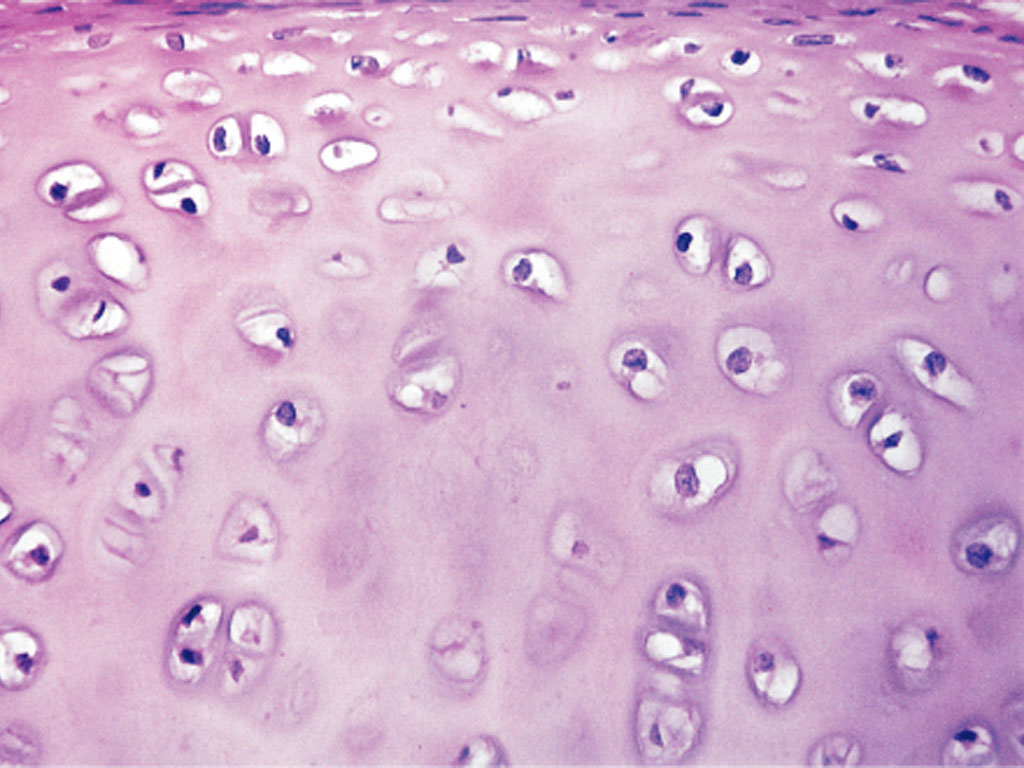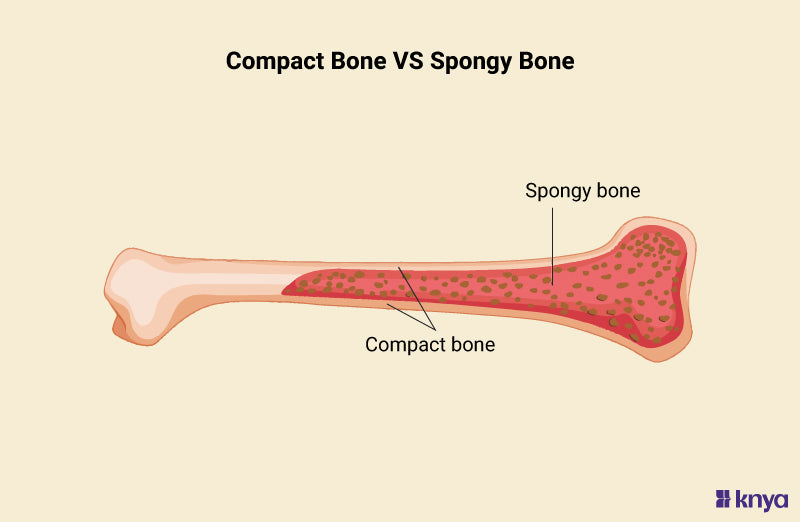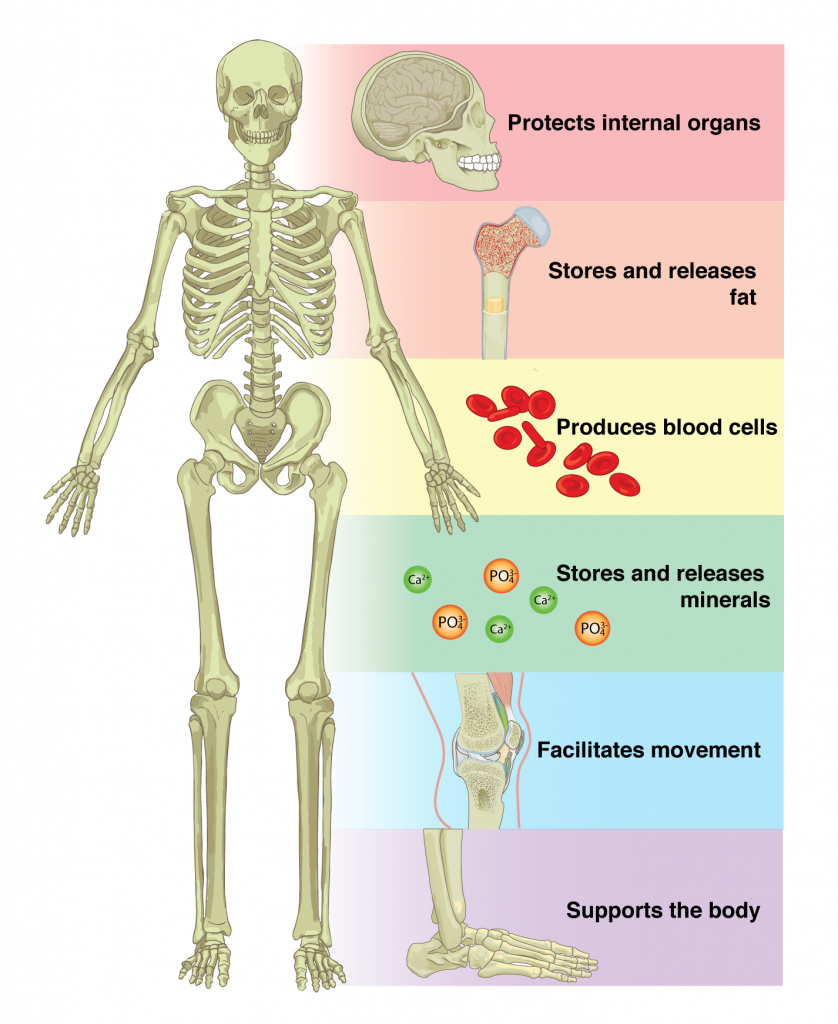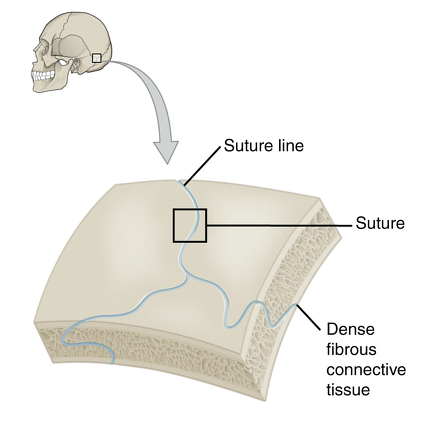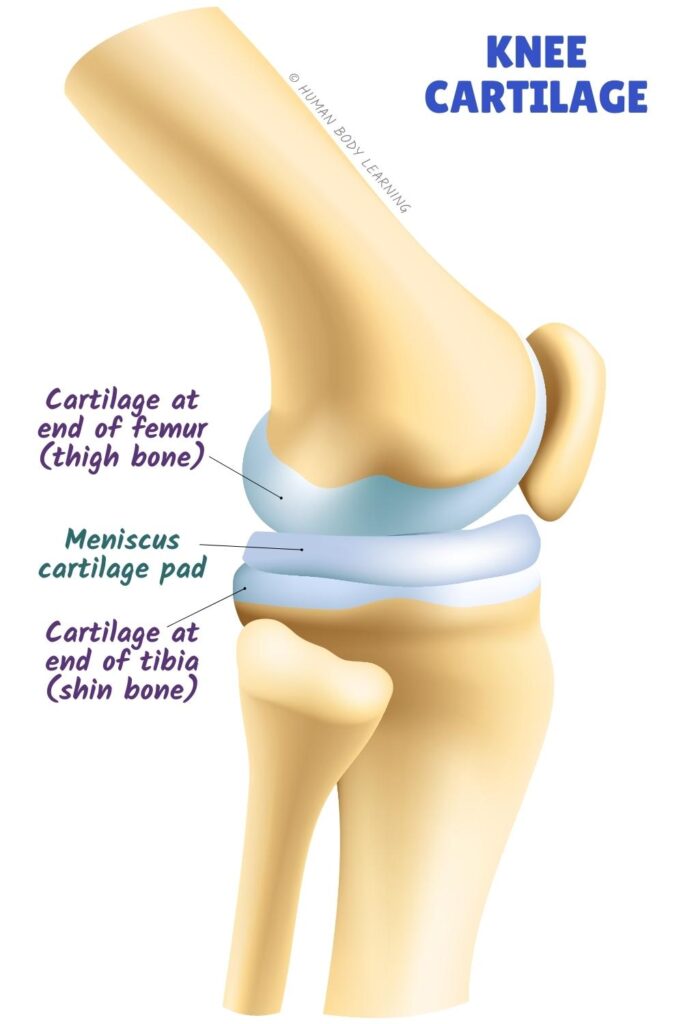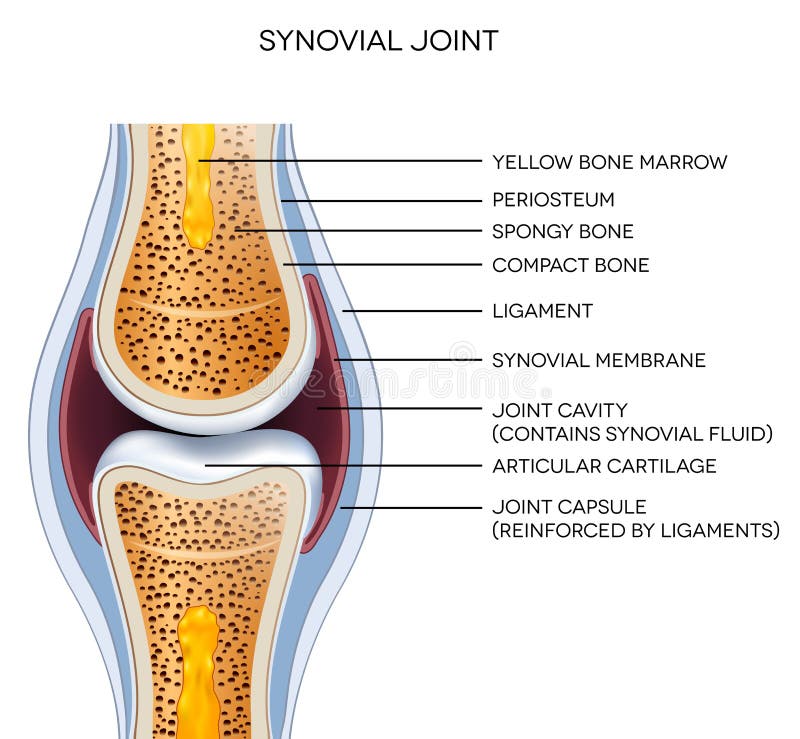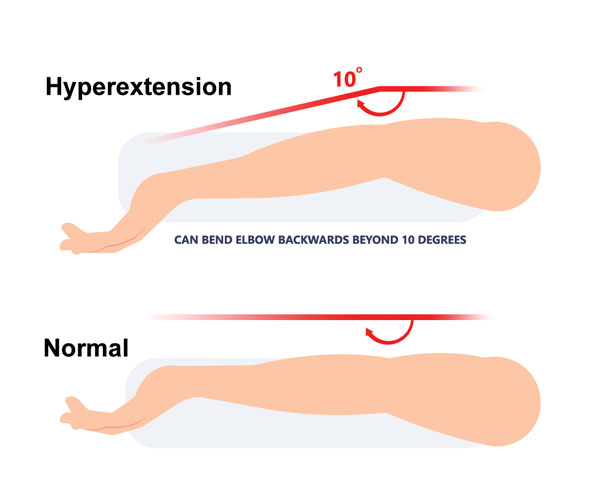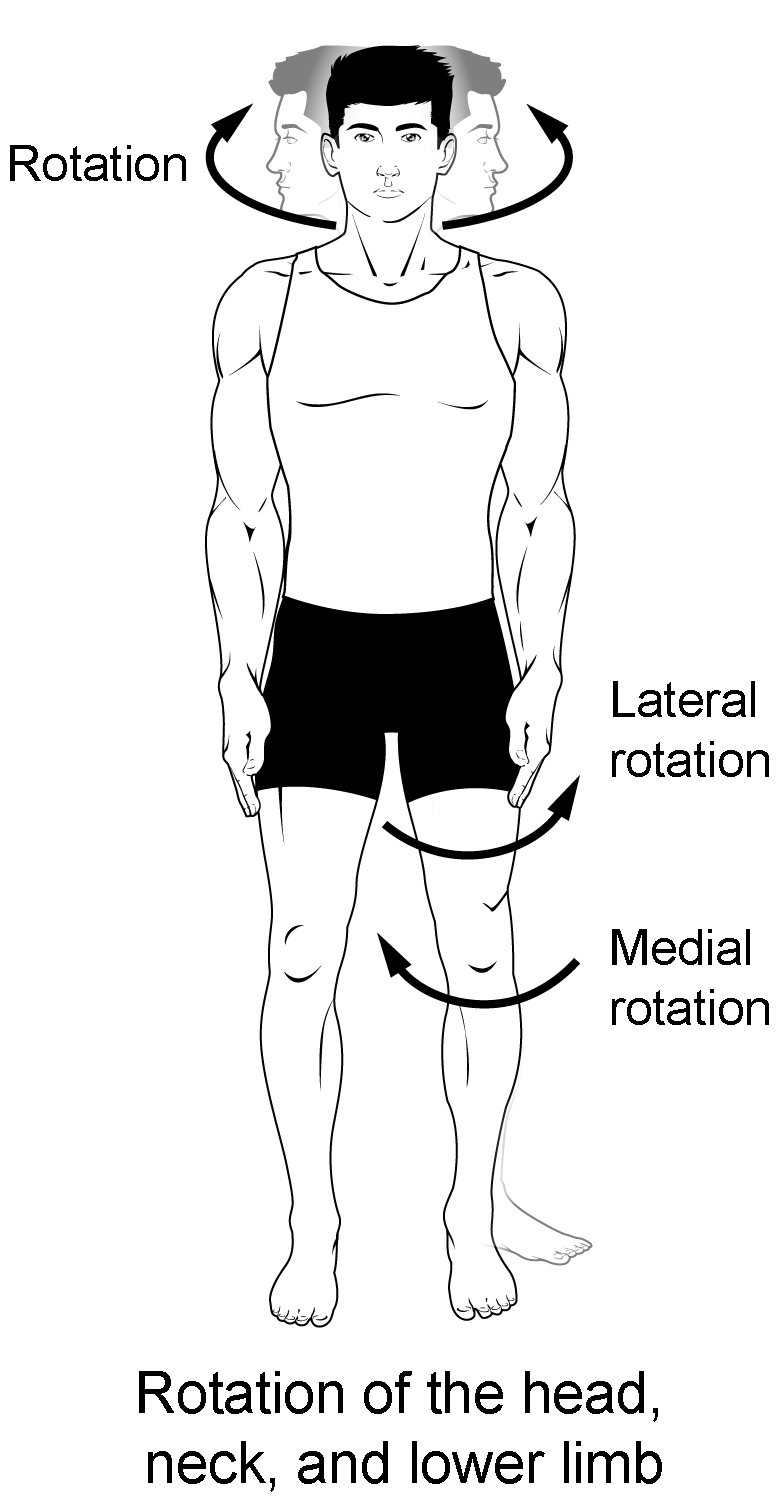Introduction to the Skeletal System
Introduction
SKELETON
Skeletal Framework of Vertebrates | Shape Support Protection Muscle attachment (locomotion) |
Exoskeleton (Dermal Skeleton) | Primitive trait Teeth, membrane bones of skull (higher chordates = dermal) |
Endoskeleton | Distinguishing characteristic (chordates) Appears earlier in ontogeny |
GENERAL STRUCTURE
Mineralized connective tissue deposited in collagen (Matrix) | Bone Cartilage Enameloids Dentin |
Ligaments vs Tendons | Ligaments—Bones to bones Tendons—Muscles to bones |
FORMATION OF MINERALIZED STRUCTURES
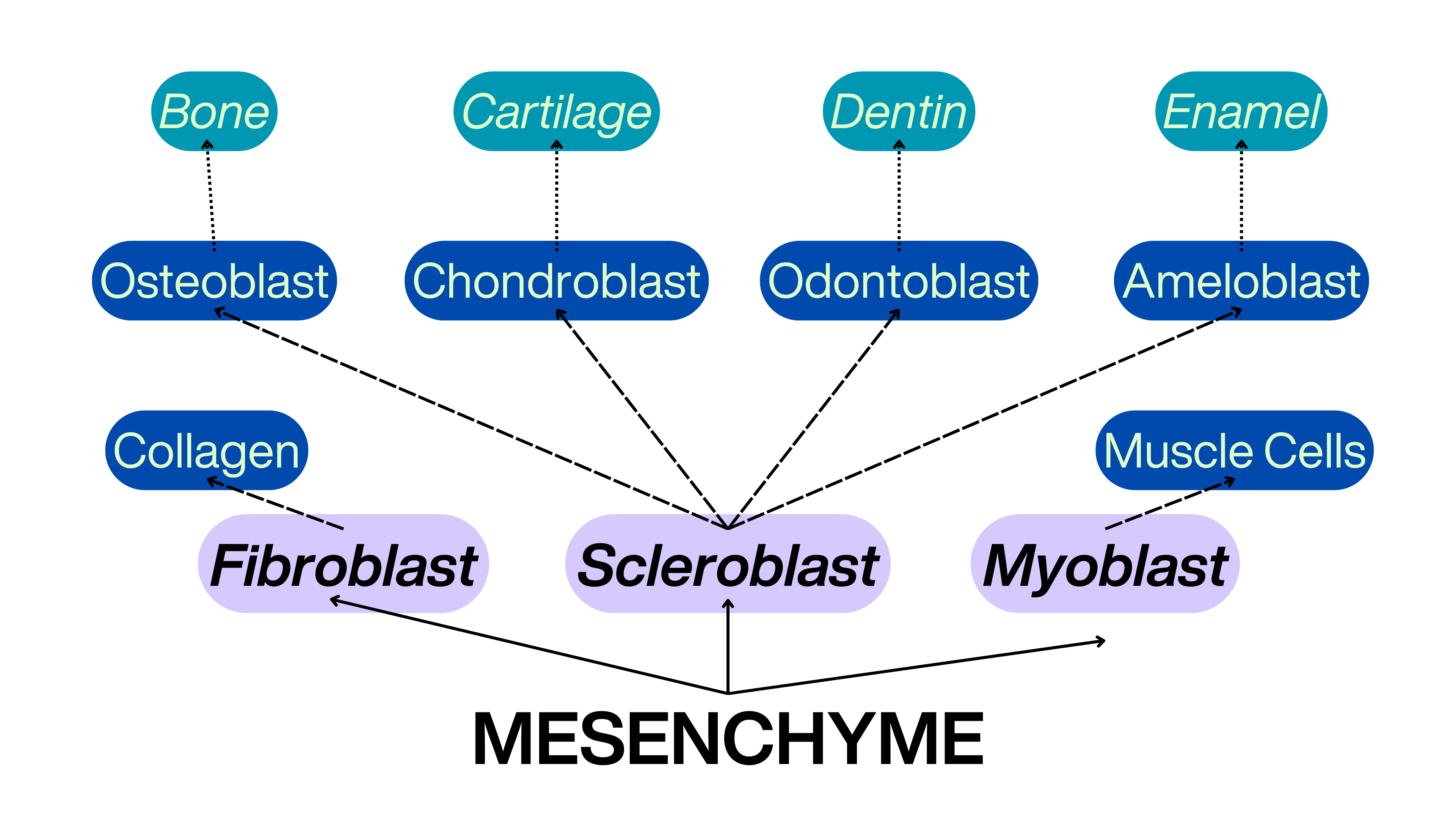
FORMATION OF SKELETAL TISSUES
To memorize the formation of skeletal tissues, you can use the mnemonic "Fabulous Frogs Create Colorful Bundles, Dancing Delightfully". Here’s how it breaks down:
Fabulous - Fibroblasts
Frogs - Fibrils
Create - Collagen Fibers
Colorful Bundles- Collagen Bundles
Dancing - Dense Connective Tissue
Delightfully- Deposition of Minerals
CARTILAGE
Avascular (no blood) — Specialized connective tissue of chondrocytes in lacunae in a matrix (chondromucin)
Perichondrium — Dense connective tissue
Mesodermal — Origin of cartilage; head and gill region (originate from neural crest cells)
*no canaliculi, no blood vessels
FORMATION OF CARTILAGE
To help you memorize the key components in the formation of cartilage, you can use the mnemonic "Charming Mice Form Amazing Fuzzy Chins". Here’s how it breaks down:
Charming - Chondroblast
Mice - Mucopolysaccharides in matrix
Form - Formation of perichondrium
Amazing - Addition of cartilage from perichondrium, fibroblasts, and chondroblasts
Tunnels - Transforming to become Chondrocytes
TYPES OF CARTILAGE
Hyaline Cartilage | Most abundant, least differentiated Precursor (replacement bone) Articular surfaces of bone |
|
Fibrous Cartilage | Intervertebral discs Attachment of tendons and ligaments |
|
Elastic Cartilage | External ear and epiglottis |
|
Calcified Cartilage | Calcium salts are deposited Within interstitial substance of hyaline cartilage/fibrocartilage |
|
BONE
Vascular (with blood) — Connective tissue (calcified bone matrix)
Bone matrix — Osteoblasts and osteocytes (water & mucopolysaccharides; cementing substance)
Inorganic component — Calcium hydroxyapatite (Calcium, Phosphate, & Hydroxyl ions)
Organic component — Type I Collagen (amorphous ground substance)
TYPES OF BONE CELLS
Osteogenic Cells/ Scleroblasts | Stem cells (mesenchyme) Foundation of connective tissues |
Osteoblasts | Bone formation Growth regulation Secretes organic and mineral substances (ossification) |
Osteocytes | Osteoblasts —> own intercellular deposits Maintains cellular activities (bone tissue) |
Osteoclasts | Contains enzymes for bone resorption (release of ion stores) Contains hormone receptors for regulation |
CLASSIFICATION OF BONES
SHAPE | Long bone Short bone Sesamoid bone Flat bone Irregular bone |
|
STRUCTURE | Compact bone
Spongy bone
|
|
ORIGIN | Intramembranous Ossification
Endochondral Ossification
|
|
FUNCTION | Support (soft tissues, muscles) Locomotion Protect vital organs (skull, ribs, vertebrae) Hematopoiesis (RBC production in bone marrow) Reservoir (Calcium, Phosphate) |
|
POSITION | Axial Skeleton
Appendicular skeleton
Heterotopic skeleton |
|
HETEROTOPIC BONES
Formation of marrow-containing bone outside of normal skeleton
OS CORDIS | Deer, Bovines |
OS PENIS | Dogs, Basal Primates, Other Mammals |
OS CLITORIDIS | Female Mammals |
GIZZARD BONE | Doves |
TONGUE | Bats |
GULAR POUCH | South American Lizard |
DIAPHRAGM | Camel |
UPPER EYELID | Crocodilians |
OS ROSTRI | Swine |
CLOACAL BONES | Lizards |
DENTIN
Dentinal Tubules — Canaliculi, coated in enamel
Found in scales of basal ray-finned & elasmobranch fishes + teeth
Skeletal Remodeling
CALCIUM STORAGE + WITHDRAWAL
Calcium — Deposited/withdrawn from storage (amount of calcium in serum)
Withdrawal — Regulation of parathyroid gland & calcitonin
SKELETAL REMODELING
Purpose — Accommodates organs it protects (possibly from stress; THICKER BONES)
Characteristics — Roughened surface areas, bony ridges, prominence in muscle attachments from sustained muscle use
Tendons, Ligaments, and Joints
TENDONS VERSUS LIGAMENTS
TENDONS | MUSCLE-TO-BONES Maximal resistance to tension when muscle contracts Continuous with epimysium of muscles + perichondrium (periosteum of cartilages/bones) |
|
LIGAMENTS | BONE-TO-BONE Less regular than tendon; directly continuous with periosteum Largest ligament in mammals (nuchal ligament) |
|
TYPES OF JOINTS
Joint — Where two bones/cartilages meet
FIBROUS (synarthroses) | Minimal to no movement Function — Hold bones together
|
|
CARTILAGINOUS (amphiarthroses) | Limited movement Function — stretching or compression
|
|
SYNOVIAL (diarthroses/true joints) | Wide range of movement Single plane or multiple planes Number (articulating surfaces) — Simple, complex, compound Components
|
|
FUNCTION AND MOVEMENTS OF SYNOVIAL JOINTS
FLEXION & EXTENSION |
|
HYPEREXTENSION |
|
ABDUCTION & ADDUCTION |
|
ROTATION |
|
CIRCUMDUCTION
|
|
SHAPE/FORM OF SYNOVIAL JOINTS

PLANE | Gliding/sliding movements Multi-axial Example: Carpals of wrist |
HINGE | Flexion & extension in one plane Example: Elbow |
PIVOT (TROCHOID) | One bone rotates to another Example: Atlanto-axial joint, proximal radioulnar joint, distal radioulnar joint |
ELLIPSOIDAL (CONDYLAR) | Two bones fit together (concave, convex) Flexion, extension, abduction, & adduction Example: Wrist joint |
SADDLE | Similar but better movement than ellipsoidal Example: Carpo-metacarpal joint, sternoclavicular joint |
BALL-&-SOCKET | Allows all movements except gliding Example: Shoulder, hop joints |
